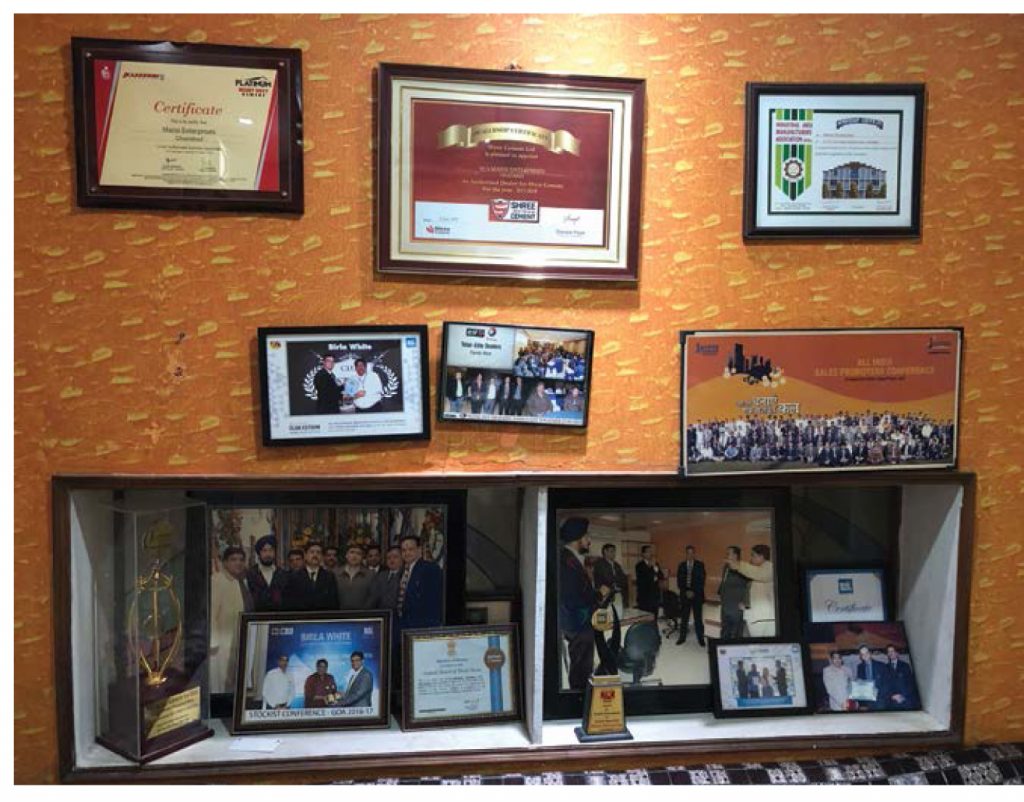From here, qualitative initiatives will count more than quantitative ones. GV’s interaction with cement manufacturers across the spectrum – pan-India majors, multi-region players, regional leaders, and single unit player – revealed that they would get the winning edge if they focus on a broader range of factors, not just efficiency initiatives.
Very few manufacturers showcased a strong overall internal connect. Plant visits showed that officer-level inter-plant interaction was not up to the mark. For a cement manufacturer that has plants spread out across regions, this interaction becomes imperative because such a player usually ‘adjusts’ sales and production to optimise gains. Plant-level officers usually only focus on their plant, and do not have a broader company-wide perspective. So if the management believes it can up its earnings by asking its ‘x’ plant to cut volumes so that ‘y’ plant can cater to a particular market, and if there is poor inter-plant communication or company-wide communication, it is quite likely that these plants will be unwilling to compromise. Due to miscommunication or lack of communications, they may also believe that their remunerations and incentives may be affected. In sales too, if the sales heads of a particular state or region are asked to cut their volumes or supplies, it is possible that without clear and frequent internal communication, it will not be easy to convince them. Interaction levels of employees within the same organisations remain limited or even absent in many cases. However, a few manufacturers are already trying to improve this.
A large portion of the on-the-ground force does not really understand or even care to understand the implications of their actions on the financial performance of the company – they usually pursue individual agendas and this is a serious concern. Though these employees do not decide prices or volume targets, it is important that they understand the implications of their actions for the company.
For example, sales officers of company usually focus more on their volume targets, but do not give too much importance to the price at which they sell the company’s cement. This is usually because they tend to focus on their individual targets (set by the company) without having a clear idea about how price affects the company’s margins. Also, the sales forces’ feedback about pricing to the regional marketing headquarters depends on the targets that they are given. They find it easier to sell large quantities of cement at slightly lower than prevailing market rates, even if they can push the same volume at prevailing market rates. They tend to give feedback about pricing being lower to their superiors to justify their sales push. This skewed feedback about pricing is hen passed on to the decision-making authorities, which ultimately dilutes the pricing morale of the management. To rectify this some companies are asking local sales people to make presentations to the regional head about what the implications of the movement in cement prices or increase or decrease in tax rates on EBITDA/tonne. Such initiatives help develop more awareness among employees, their thinking capabilities, and make them react more proactively to unfavourable operational or market conditions.
In plants that are not yet optimised, the operations team don’t tend to focus on improving efficiency but rather tend to blame external factors because they are not clearly appraised of organisation-level goals. Some cement manufacturers are moving forward in this area, and engaging their on-the-ground task force to understand the outcome of their actions on the company’s financial performance.



Many employees seemed unaware of the marquee goals of their top managements, which the investor community is very aware of – this disconnect is worrisome. If employees remain less aware of broad management goals – such as efficiency, volume push, and realisation improvement – the natural progression is that the actions of such employees will not align with the company’s broader goals. The culture of cement manufacturers who have rolled out employee connect initiatives is visibly different from the ones that have opacity.
Only few cement manufacturers have adapted practices such as ‘360 degree feedback’ and many sub-ordinates and junior or mid-level employees are frustrated because their voice is not heard. As the sector is undergoing a sea change in terms of operational environment, it remains extremely important for cement manufacturers to adopt such practices. Higher motivation levels were clearly visible in employees of organisations that had already adopted such practices.
Subscribe to enjoy uninterrupted access